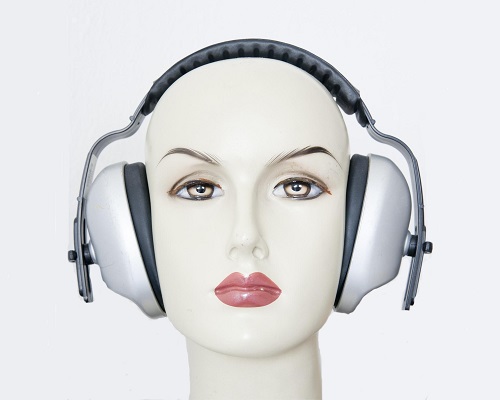Create Fidelity.
My grandpa lost his hearing as he got older. He felt alone in a room filled with people because he could not follow conversations. Sound was for him a powerful connection to the people around him.
We are creating online courses that our students will hear through speakers and see on their computer screens. They will not taste or smell our lessons. Students may touch or click their way through certain activities, but we primarily create stimuli for their ears and eyes to facilitate their learning.
Researchers Byron Reeves and Clifford Nass give us information to consider when creating the audio and visual elements of our digital courses. They conclude that clean audio is more important to our students than clear and realistic visual content.
People who watch movies recorded with old VHS tapes and seen on blurry television sets enjoy the experience just as much as those who watch digital movies on high definition televisions.
The reason is that we are accustomed to seeing the world with limited vision. We commonly drive in the fog at night and play sports without wearing our glasses.
Even in the best visual conditions, we only see clearly the object we are focusing on. Everything around our area of focus is blurry in our peripheral vision. As a result, if our students experience low-quality visual material in our lessons, they will not consider our courses to be unnatural or low quality.
When it comes to visual stories, research shows that we relate the same emotionally to inexpensive stick figure drawings as we do to realistic and expensive 3D characters. This is good news to educators who want to illustrate course content with simple drawings and without going broke in the process.
Audio is different. While it is natural to see blurry images with our eyes, we are not accustomed to hearing sounds that are less than realistic. When something is hard to understand, we stop paying attention. Poor audio quality is irritating and takes a lot of work to understand, so we tune out.
When I decided to create digital versions of my courses, I invested in a condenser microphone and portable sound studio which blocked any unwanted noise from feeding through the microphone while recording my voice during a lesson.
The result is clean audio that sounds natural and facilitates the sense of intimacy necessary to engage my students as they complete their lessons. It cost five hundred dollars to put together my basic sound booth.
We may lobby our school leadership to purchase a small studio or two for teachers to use while creating online courses. If administration shows little interest or is unable to purchase such equipment, it is worthwhile for us to purchase quality recording equipment for maximum sound quality to animate the content we work so hard to create.
